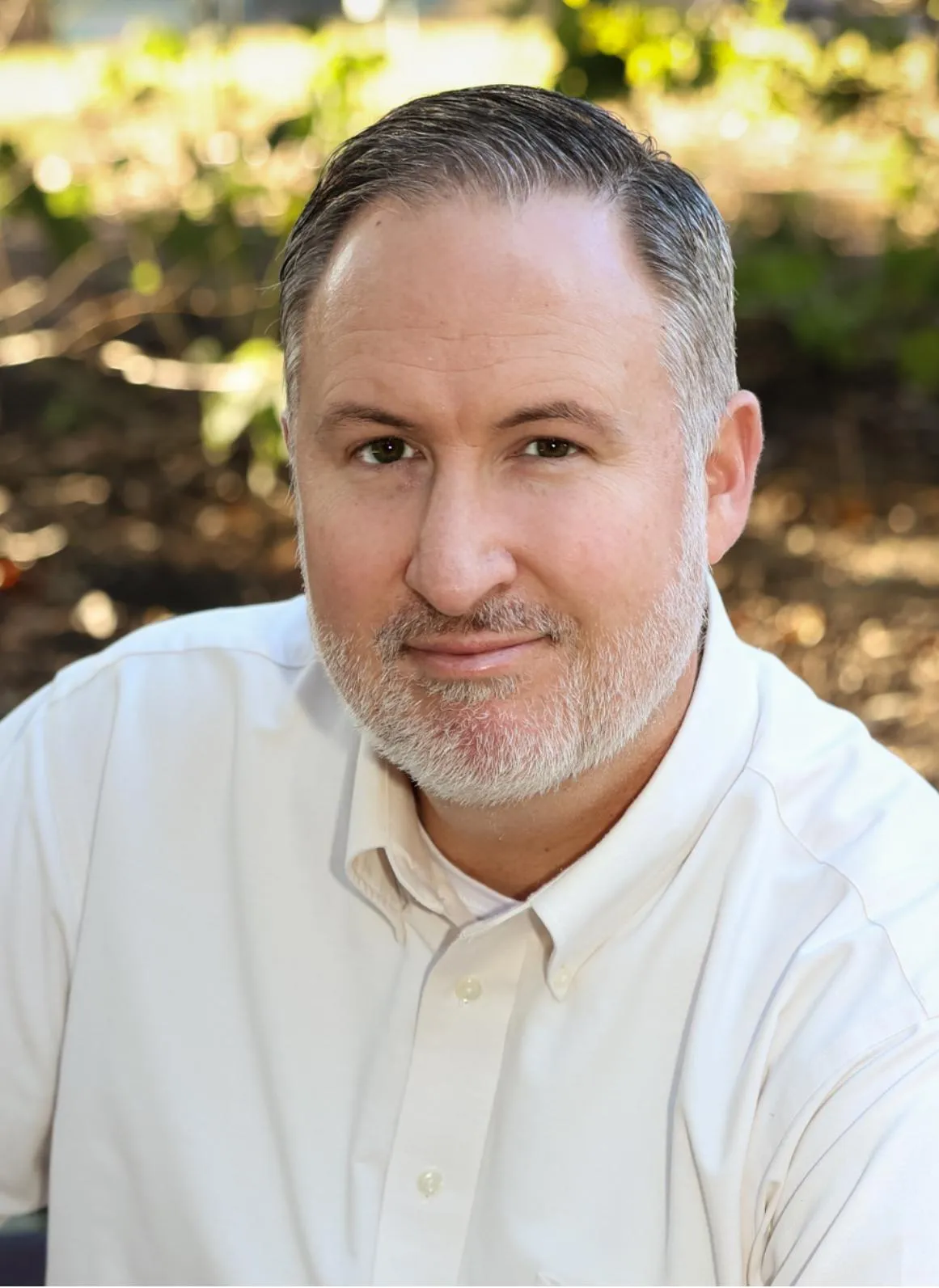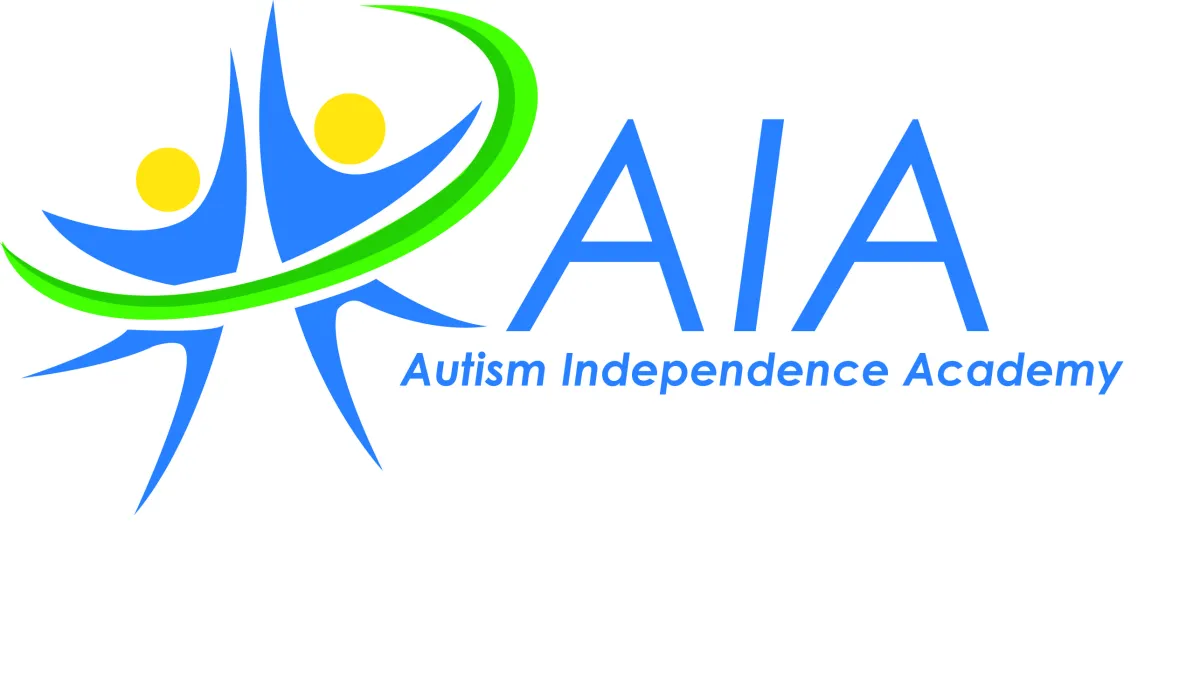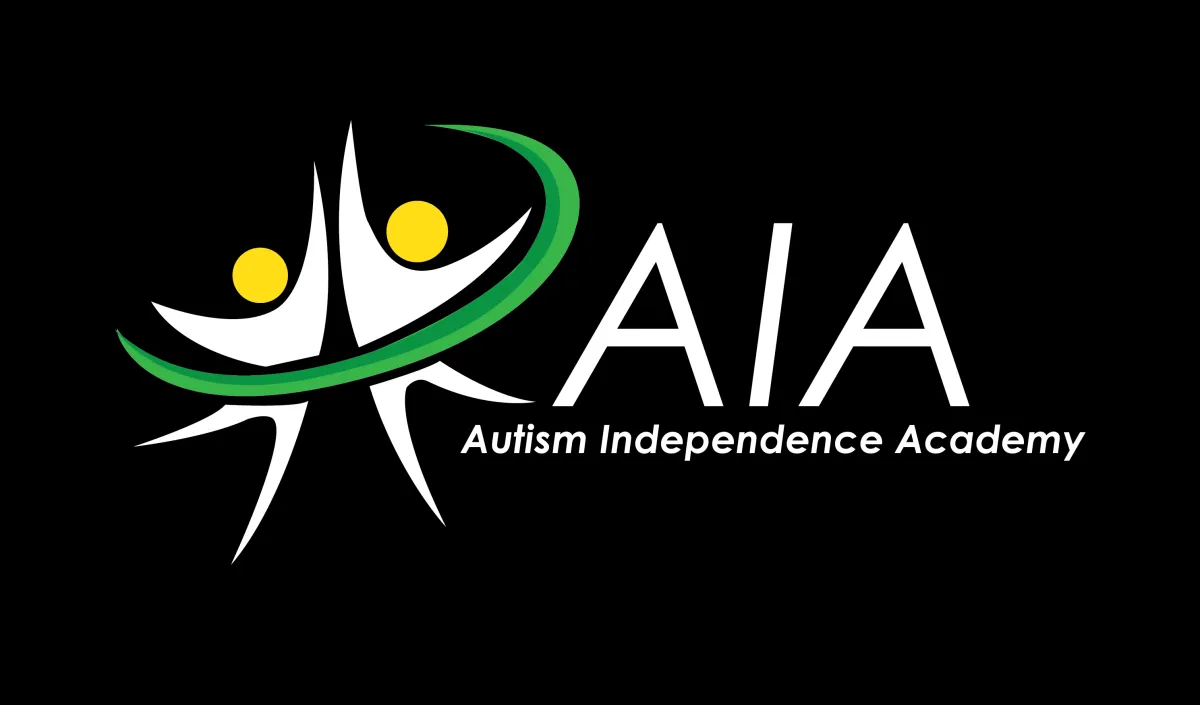Get a checklist of key life skills, weekly routines, and one of the top strategies to improve communication with your child - THE INDEPENDENCE STARTER KIT FREE TODAY!
Featured On



Is Your Young Adult Struggling With Any of These Challenges?
Confidence
Anxiety
Overwhelm With Life
Identity
Career Direction
Making Friends
Navigating Transitions
Time Management
Planning
Keeping a Routine
Executive Functioning
Feeling Stuck
What We Offer
Our programs are designed by experts who have years of experience.
Programs
We cover confidence, executive functioning, job prep, and social skills in a live, supportive group format. Includes built-in parent support.
Digital Content
Bite-sized learning on topics perfect for learning at their own pace between coaching sessions.
Mentorship and Coaching
Whether your young adult is just getting started or needs extra support navigating life, school, or work, our coaching provides structured, encouraging guidance tailored to their needs.

About us
We are a team of transformational coaches dedicated to empowering autistic young adults and their parents. Together, we break free from stagnation, ignite confidence, and create a compelling future. Through personalized 1:1 sessions, dynamic online programs, and supportive group coaching, we conquer anxiety, overcome depression, and cultivate a resilient identity of achievement and self-sufficiency, ultimately leading to independence.
Our top rated skills you can learn
Creating an Identity of confidence
Building routines and executive functioning skills
Navigating social situations and communication challenges
Setting personal, academic, or career goals
Developing independence
Meet our CEO, Blake Baumann

Hello, my name is Blake Baumann and I specialize in helping people with high functioning autism to unleash their genius and excel at managing the world around them so that they can live an extraordinary life.
My Story:
Autism came into my life at age 36 when my mini-me, my son, was diagnosed with it. For several years I denied it, not only for myself but also for my son. I even made sure my son’s school didn’t receive the diagnosis because I didn’t want my son treated any differently from other children because I knew the world wouldn’t. My wife, who worked in education and is the original one who pointed out that my son and I both had ASD, tried bringing up the conversation several times after the official diagnosis to which I would quickly shut her down.
The truth is I thought it would make me less of a person. I had worked extremely hard to overcome the many challenges that I faced in childhood and as an adult from social anxiety, communication awkwardness, sensory issues, and developing relationships to be an executive leader, speaker, husband, and father. Over the next few years with the help of my incredible wife, I was able to see all the things I achieved as a pathway to help other people with autism.
Through AIA, it’s my mission to help you and your loved ones to embrace and recognize what autism is…not a syndrome or disorder but a gift. Let me help you unleash your gift to live a truly extrodinary life.

Understanding Pathological Demand Avoidance (PDA)

Latest PostsUnderstanding Pathological Demand Avoidance (PDA): Why Traditional Approaches Don’t Work — and What Does
If you’ve ever felt like every request turns into a battle — from brushing teeth to applying for jobs — you’re not alone. Many parents of autistic young adults experience this constant tug-of-war and can’t understand why simple expectations trigger such resistance. You might think it’s defiance or laziness. But what’s really happening is something deeper — something known as Pathological Demand Avoidance (PDA).
What Is PDA?
Pathological Demand Avoidance is a profile on the autism spectrum where a person experiences anxiety-based resistance to everyday demands — even things they actually want to do.
It’s not about being oppositional or manipulative. It’s about survival.
For someone with PDA, even minor demands can activate a deep sense of threat or loss of control, leading to avoidance, withdrawal, or meltdowns.
Common signs include:
Extreme avoidance of tasks — even fun ones
Intense need for control in daily life
Sudden mood shifts or shutdowns when pressured
Masking or charm to deflect authority
High anxiety that increases with expectations
PDA isn’t caused by poor parenting or lack of discipline. It’s a neurological response to perceived loss of autonomy.
Why Traditional Approaches Backfire
Most parenting and behavioral strategies rely on consistency, rewards, and consequences. But for someone with PDA, these methods often create more stress — and backfire completely. When pressure increases, their nervous system interprets it as danger. The more you try to push, reason, or persuade — the stronger their brain resists. This is why even positive pressure (“You’ll feel great after you do it!”) can backfire. To a PDA individual, any demand can feel like an attack on autonomy.
The Key to Success: Safety and Choice
The path forward isn’t through control — it’s through collaboration. Your goal isn’t to remove structure; it’s to remove threat.
Here’s how:
1. Focus on Relationship Before Results
Connection lowers defense. When your young adult feels understood instead of managed, their nervous system relaxes — and cooperation becomes possible. Instead of “You need to do this,” try, “I get that this feels like too much. What would make it easier?”
2. Offer Choices Instead of Commands
PDA individuals thrive when they feel a sense of control. Give choices that preserve autonomy:
“Would you rather do this before or after dinner?”
“Do you want to apply for jobs together or take the lead and ask for help later?” Each choice builds safety, and safety builds cooperation.
3. Use Indirect Language
Softening demands can make a world of difference.
Try phrases like:
“I wonder if…”
“When you’re ready…”
“It might help if…” These phrases remove urgency and create psychological space.
4. Validate, Don’t Debate
Logic won’t calm anxiety — empathy will. Say, “I can see how stressful that feels,” instead of “It’s not that hard.” Validation opens the door to problem-solving later.
When Avoidance Is Actually Overwhelm
Many parents mistake avoidance for apathy, but PDA is usually tied to intense sensitivity.
Even simple steps can feel like too much.
That’s why it’s essential to break goals into micro-actions — the smallest possible steps forward.
One of my clients, a 19-year-old with PDA, couldn’t start his college assignments.
Instead of demanding completion, we started with a single action: opening the laptop.
That one action built momentum. The next day, he opened the document. The third day, he wrote one sentence.
By the end of the week, he had finished two pages — on his own.
Progress comes from safety, not pressure.
The Parent’s Role: From Director to Coach
Parents often feel helpless or frustrated — but your role isn’t to force progress; it’s to facilitate it.
You can’t remove the anxiety, but you can create the environment where action feels safe again.
When your young adult feels seen, supported, and in control — progress becomes possible.
The Takeaway
PDA isn’t about opposition. It’s about autonomy and anxiety colliding in the brain.
The key to unlocking change is meeting your young adult where they are — with understanding, flexibility, and collaboration.
Every small step counts. Every moment of connection matters.
And with the right approach, even the most avoidant patterns can turn into genuine progress.
Ready to Learn the Steps That Work?
If your young adult struggles with avoidance, motivation, or burnout — there is a path forward.
Get my book, “Autism Launch Plan,” to learn how to coach with confidence, reduce resistance, and create lasting independence — one step at a time.
The Independence Starter Kit
A checklist of key life skills, weekly routines for independence, and 1 of the top strategies to improve communication with your child. Get kit now for free.


